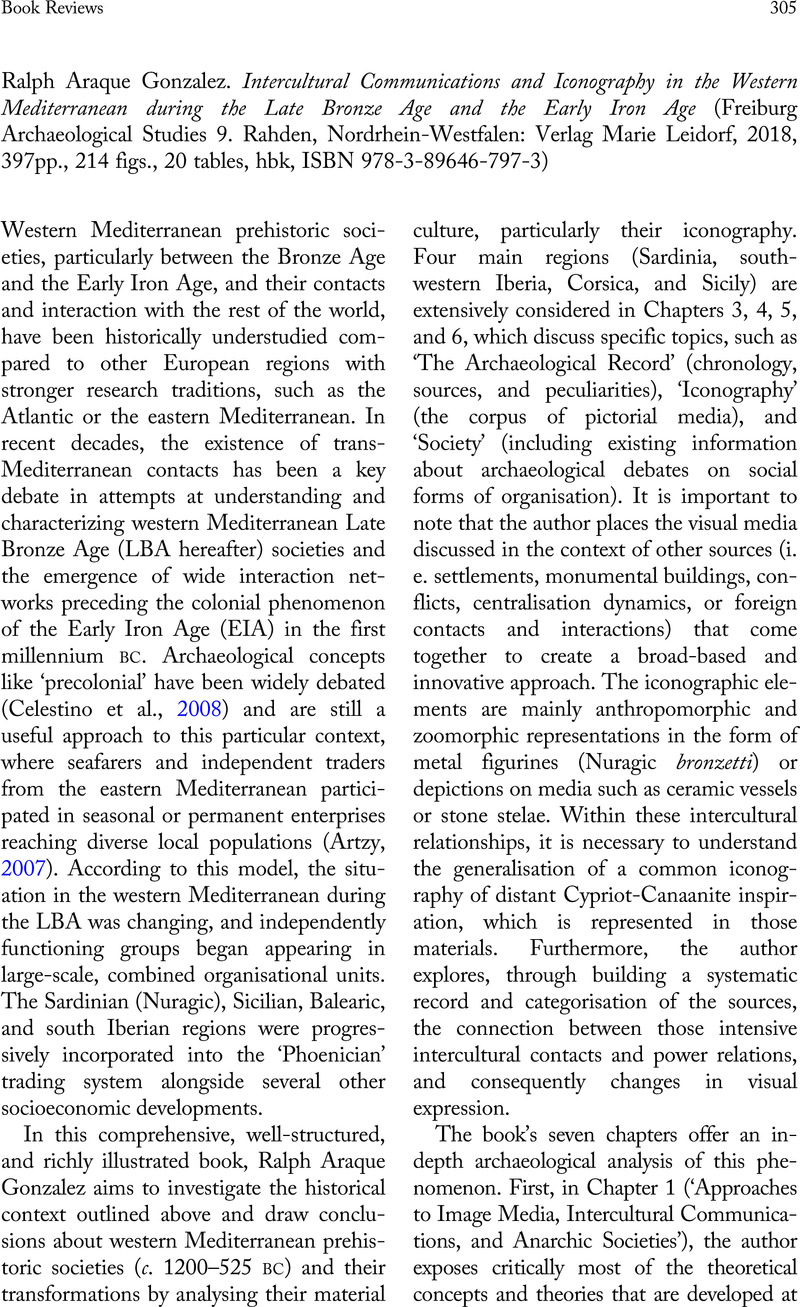Crossref Citations
This article has been cited by the following publications. This list is generated based on data provided by Crossref.
García-Arilla Olivera, Andrés
Conget Vicentea, Héctor
Moreno Terré, Alejandro
and
Pueyo Anchuela, Óscar
2021.
Análisis compositivo y de profundidad de los grabados de la estela de Luna-Valpalmas mediante digitalización 3D por luz estructurada.
Complutum,
Vol. 32,
Issue. 1,
p.
49.
Díaz-Guardamino, Marta
2023.
Rock art technology, digital imaging and experimental archaeology: recent research on Iberian Late Bronze Age warrior stelae.
Complutum,
Vol. 34,
Issue. Especial,
p.
145.



